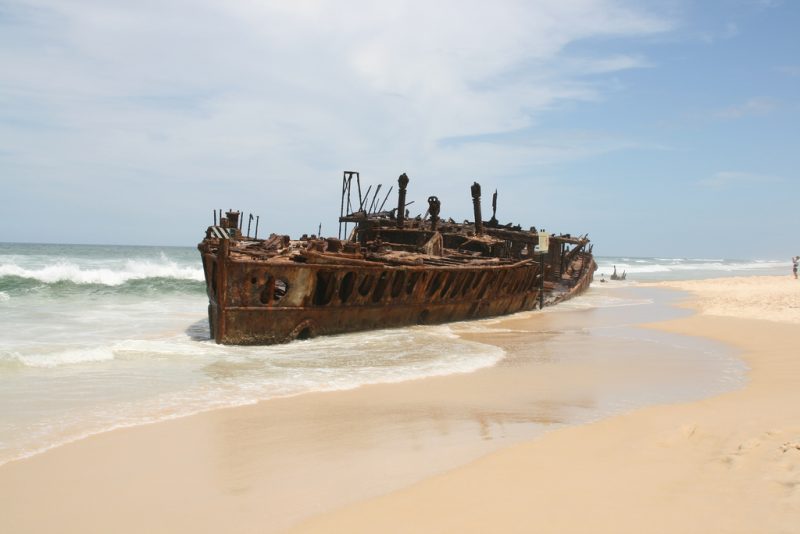The treatment and transfer of severely wounded from the battle site to somewhere they can be properly treated often requires transport by sea. This is done in hospital ships and during the First World War New Zealand provided two of these vessels. One of those was SS Maheno, an ocean liner belonging to the Union Company of New Zealand that operated in the Tasman Sea, crossing between New Zealand and Australia, from 1905 until 1935.
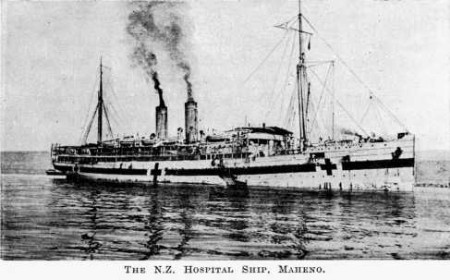
The 5,000-ton steel-hulled ship was built by William Denny and Brothers of Dumbarton, Scotland, and launched on 19 June 1905. At 400 feet in length and 50 feet in the beam, she was powered by three Parsons turbines, giving her a speed of 17.5 knots. She could carry up to 420 passengers: 240 in 1st class, 120 in 2nd and 60 in 3rd, and also had a refrigerated cargo hold. Accommodation for first class passengers included a dining room, smoking room, and music room with Bechstein grand piano. The ship was lit by electricity and was fitted with all the latest safety equipment, which included Clayton sulphur dioxide fire extinguishers
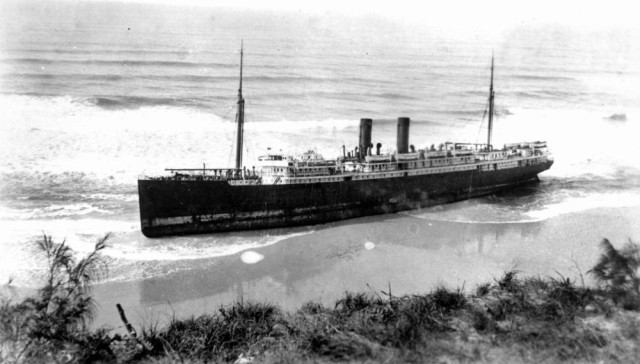
The ship entered service on the 18th of November 1905 and was employed on routes between Sydney and Melbourne via ports in New Zealand and Hobart, Tasmania. She also made regular voyages between Sydney and Vancouver.
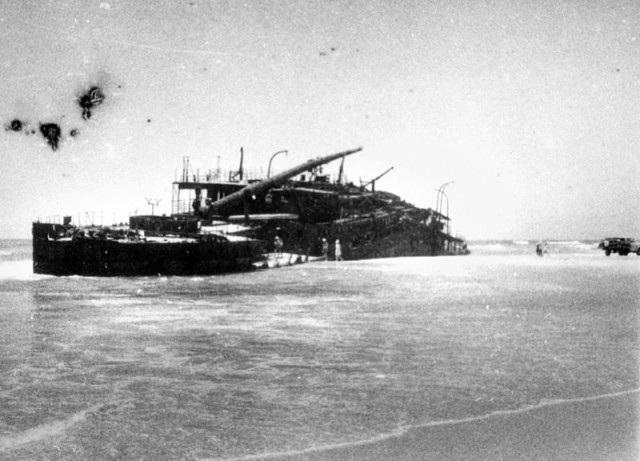
During World War I Maheno was converted into a hospital ship using money raised by an appeal by the Earl of Liverpool, the Governor-General. She was fitted with eight wards and two operating theatres and had a medical team consisting of five doctors and 61 orderlies from the Army Medical Corps, a matron, thirteen nursing sisters, from the newly formed New Zealand Army Nursing Service and chaplains. In accordance with Article 5 of the 1899 Hague Convention she was repainted white overall, with a broad green stripe along her sides, and large red crosses on the sides and funnels.

Maheno arrived at Moudros, the naval base of the Gallipoli Campaign, on the 25th of August 1915, and the next day was off ANZAC Cove, loading casualties from the Battle of Hill 60. Over the next three months, she carried casualties from Gallipoli to either Moudros, Malta or Alexandria. Maheno arrived back at New Zealand on 1 January 1916 to refit, then returned to Egypt in February to collect patients for transport back to New Zealand. She then sailed to the UK, arriving at Southampton on the 3rd of July 1916, just after the start the Battle of the Somme. Until October 1916 she operated in the English Channel, taking large numbers of wounded troops from France to England. The ship returned to New Zealand in December 1916, and then made six more voyages between New Zealand and the UK, bringing back patients, before she was returned to her owners at the end of the war to resume her usual commercial service.
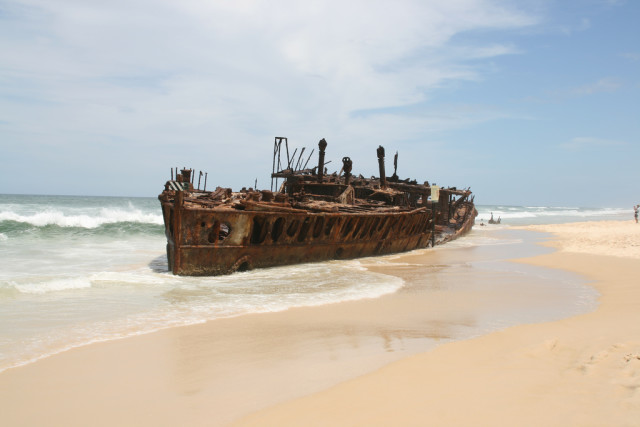
On the 3rd of July 1935, the Maheno left Sydney under tow by the 1,758-ton ship Oonah a former Tasmanian Steamers Pty. Ltd. Bass Strait ferry, built in 1888, which along with the Maheno had been sold to an Osaka shipbreaker. The ships were linked by a 900-foot (270 m) 6.75-inch (17.1 cm) wire rope.
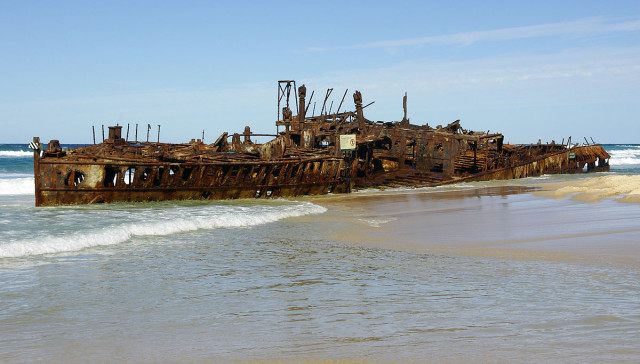
On the afternoon of 7 July, while about 50 miles from the coast, the towline parted during a severe cyclone. Attempts to reattach the towline failed in the heavy seas, and the Maheno, with eight men aboard, drifted off and disappeared. The Oonah, with her steering gear, temporarily disabled, broadcast a radio message requesting assistance for the Maheno, whose propellers had been removed.
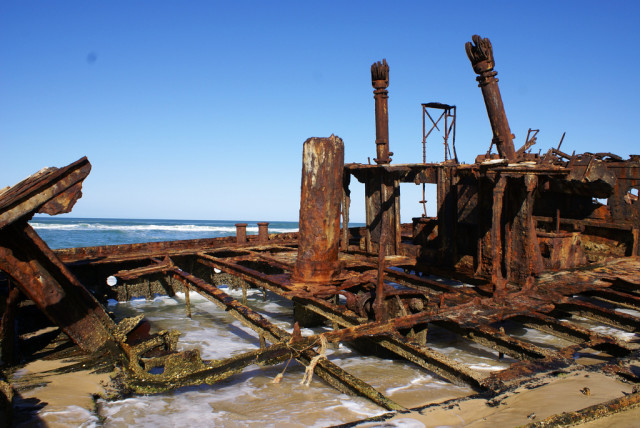
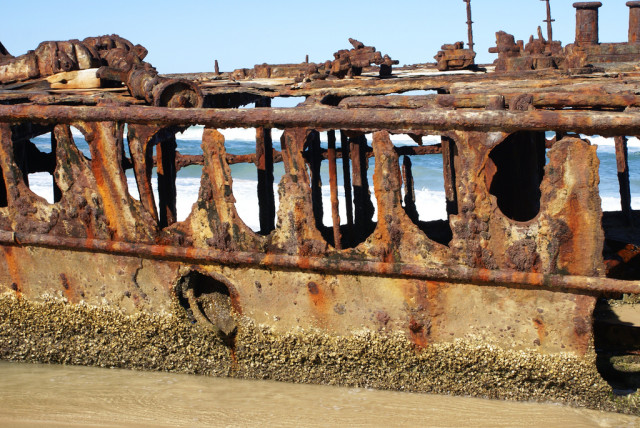
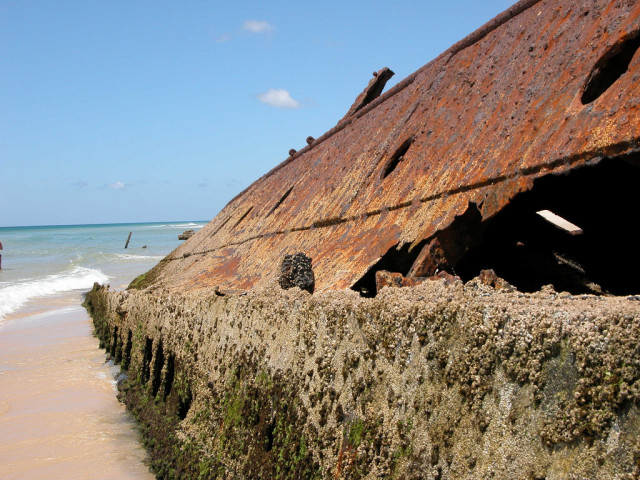
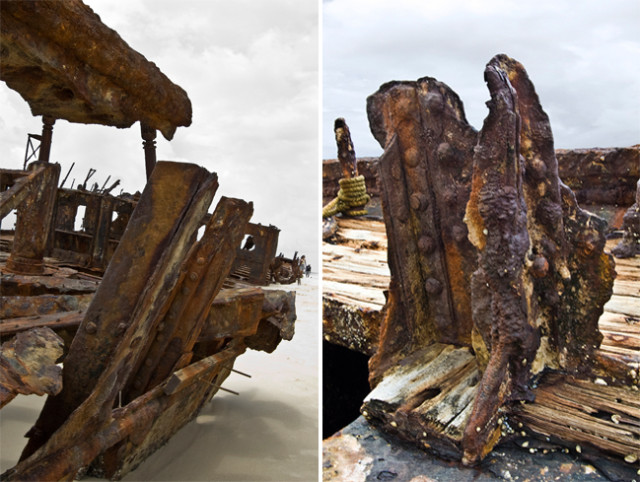
The ship was finally found on the 10th of July by an aircraft piloted by Keith Virtue, beached off the coast of Fraser Island. The crew of the Maheno set up camp on shore, waiting for the Oonah to arrive, which it eventually did on the 12th of July. The ship was subsequently stripped of her fittings, but attempts to refloat her failed, and eventually, the wreck was offered for sale but found no buyers.
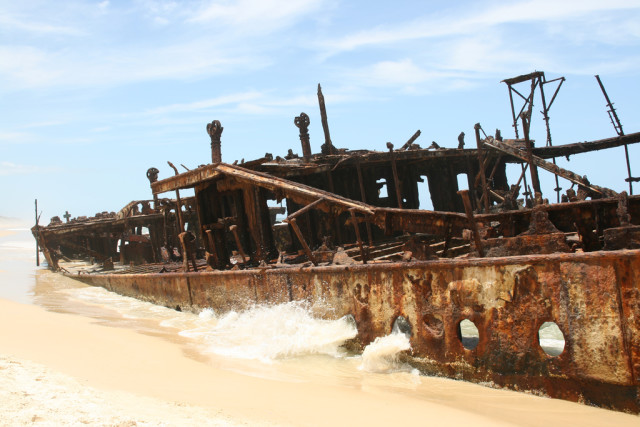
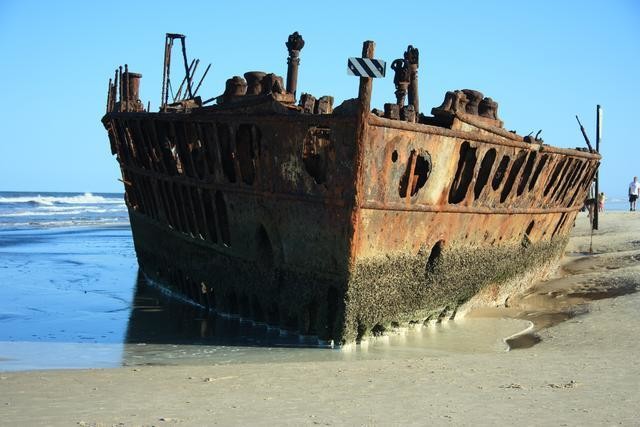
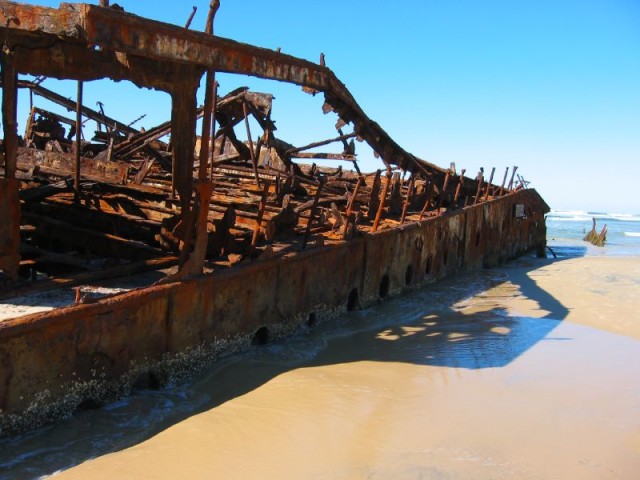
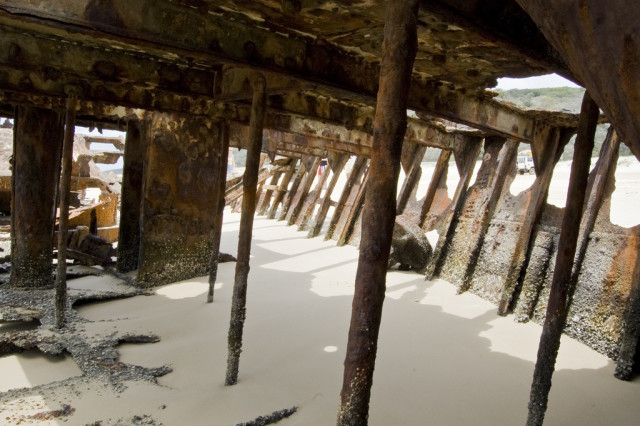
Since then, much of the ship has either been destroyed or disintegrated, and the visible reminder has become severely rusted. With more than 200,000 people visiting the shipwreck each year, safety measures put in place have proven effective in managing vehicle traffic and visitor access to one of the most visited sites on the island. The sign restricts people from entering within 3m of the wreck. The Australian Department of Defence lists the wreck as a site of unexploded ordnance (UXO) contamination, even though there are no records of it being used as a live firing target during World War II, nor of any UXO recovered from the site.
